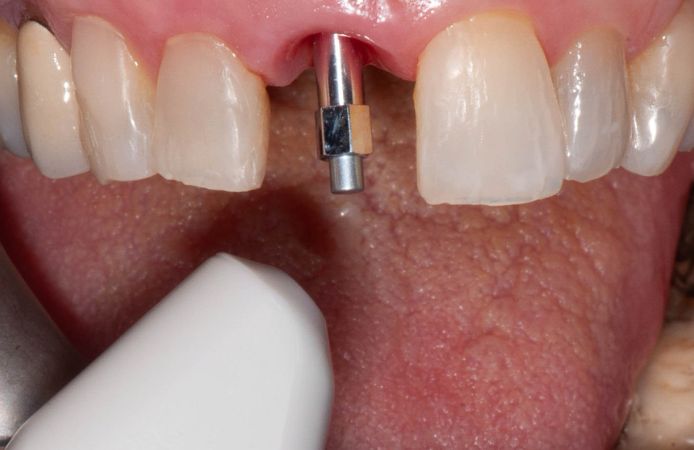
Implant stability measurements with Neoss NeoTell®
Dr. Safa Somi, DDS
Specialist in prosthodontics
London, United Kingdom
Case facts
Patient:
A 67-year-old female patient with a recent extraction of the right maxillary central incisor.
Clinical problem:
Maxillary central incisor with a vertical root fracture and recurring gingival abscess. After extraction, a large buccal bone defect was revealed.
Clinical situation:
A 67-year-old female patient presented with a recent extraction of the right maxillary central incisor due to vertical root fracture and recurring gingival abscess.
Treatment plan:
Early implant placement of a Neoss ProActive Straight Implant 8 weeks after tooth extraction.
Products:
Neoss ProActive Straight implant
Neoss NeoTell
Neoss SmartPeg
Conclusion:
Early implant placement of a Neoss ProActive Straight Implant 8 weeks after tooth extraction. ISQ readings showed high stability of the implants, aiding in the decision to proceed with delivery of the definitive implant-supported crown.
Step by step
Step by step
-
Figure 1.
Eight weeks post extraction. The patient had an immediate partial denture as provisional.
-
Figure 2.
A mucoperiostal flap was raised, revealing a large buccal bony defect. A Neoss ProActive Straight implant was placed with simultaneous bone grafting. A tooth supported provisional restoration allowed for undisturbed healing.
-
Figure 3.
Four months of healing. Buccolingual and mesio-distal ISQ readings show high stability of the implants (BL 68, MD 68), allowing to proceed with delivery of the definitive implant-supported crown.
-
Figure 4.
Four months of healing. ISQ value measurement using the Neoss NeoTell unit with 45° angle and 2-4 mm distance from the SmartPeg.
-
Figure 5.
Final screw-retained implantsupported zirconia crown. While waiting for healing the patient had tooth whitening and restoration of non-carious cervical cavities on adjacent teeth.
“NeoTell is an impressive diagnostic tool. It is a necessity for my day-to-day implant dentistry especially on immediately placed and loaded implant cases. This tool makes communication easier with patients explaining the clinician's decision on the next stage of their implant treatment.”





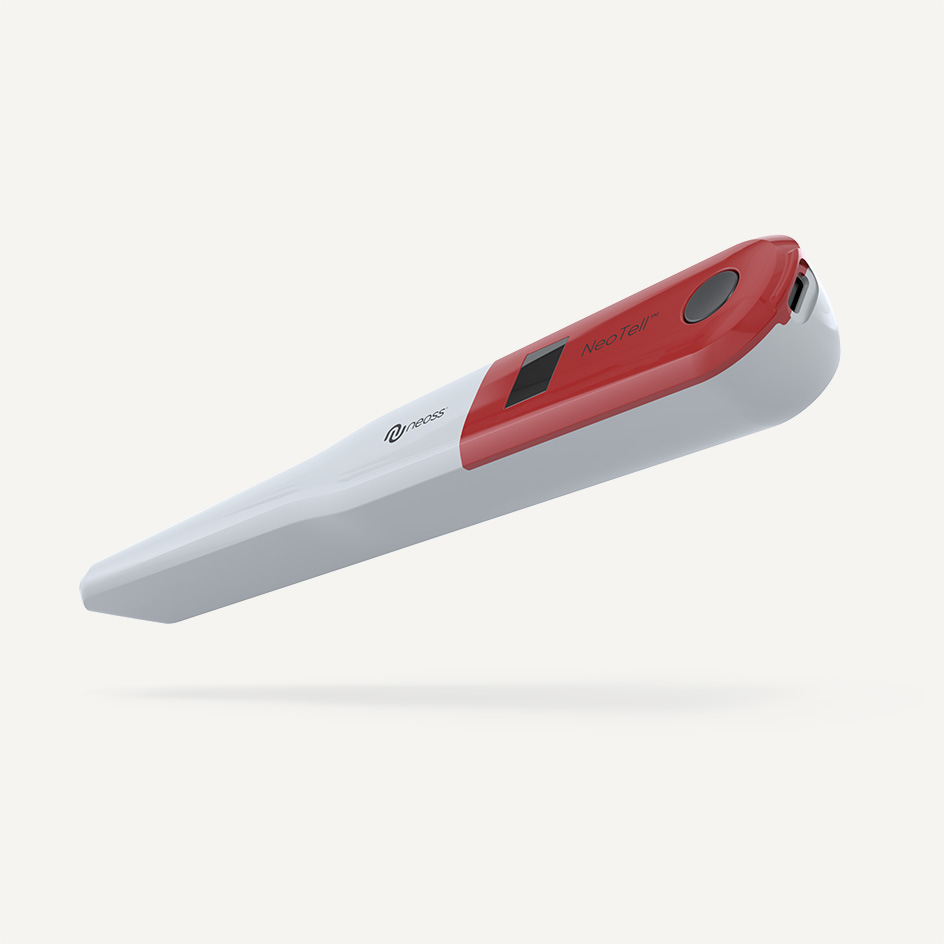
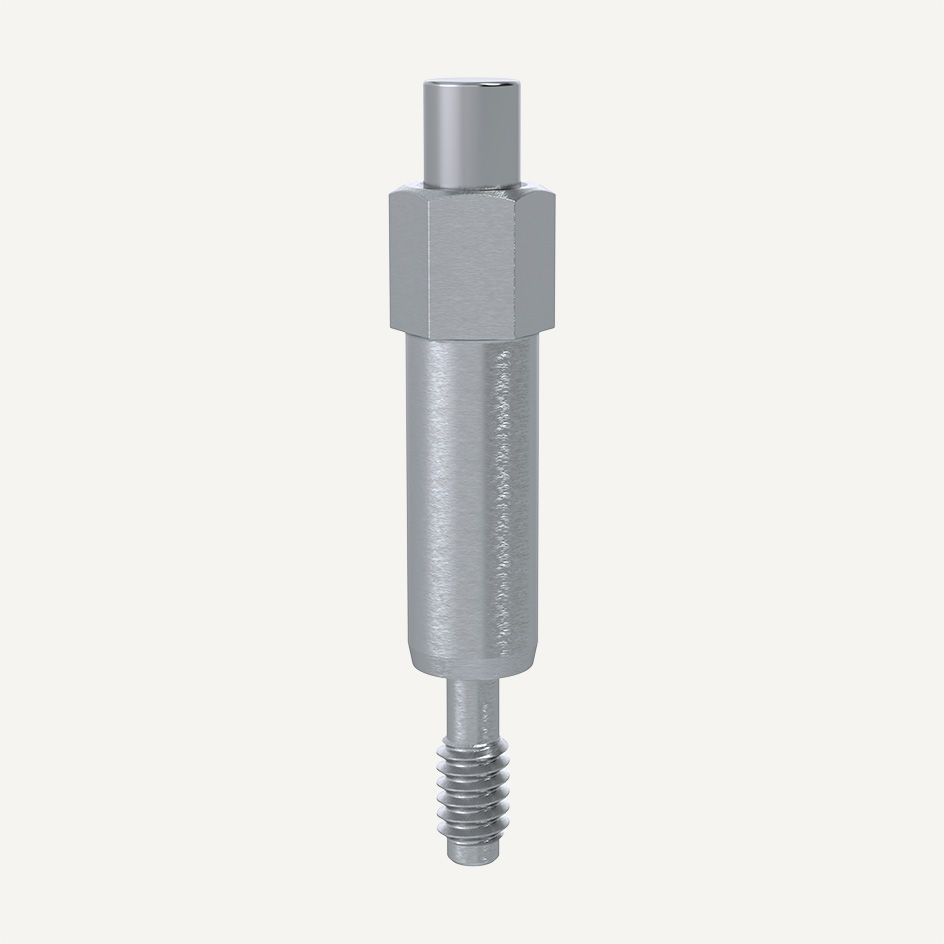
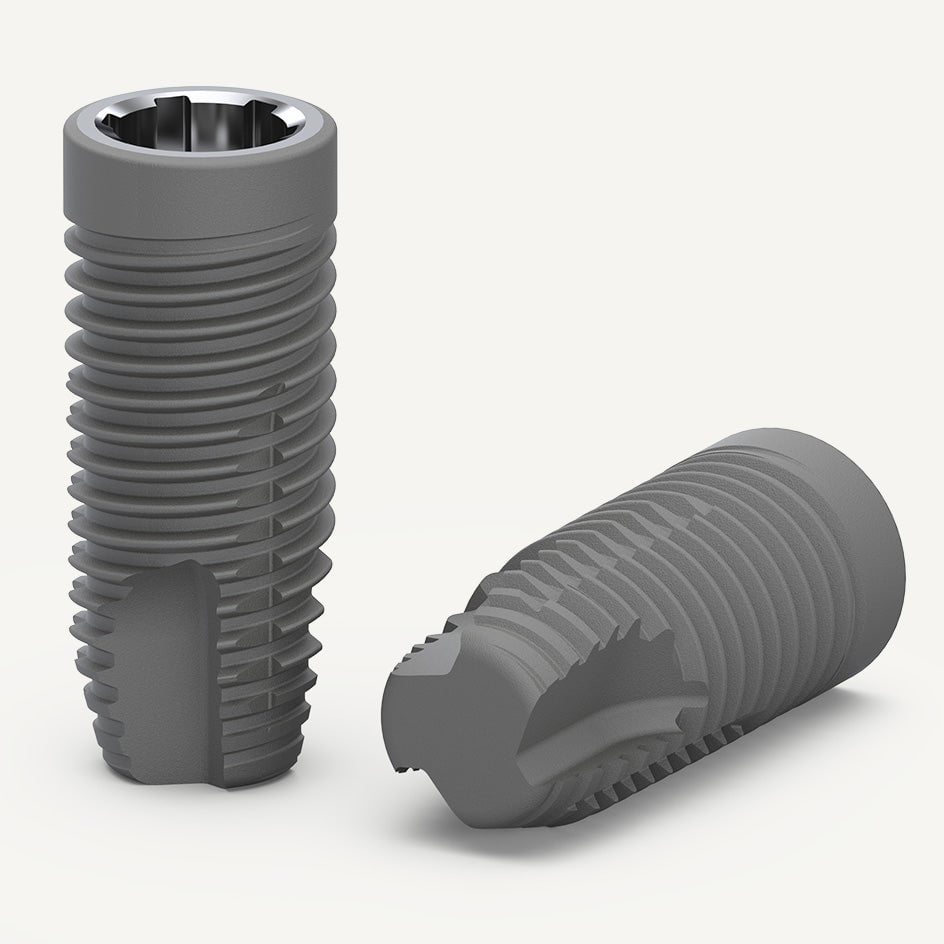
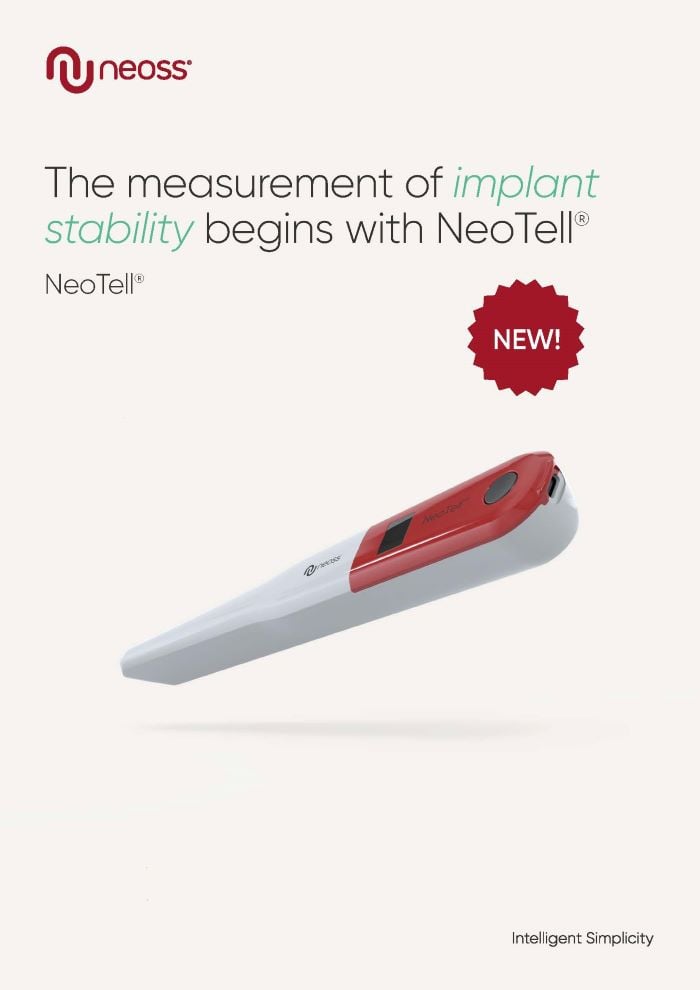
.jpg)
